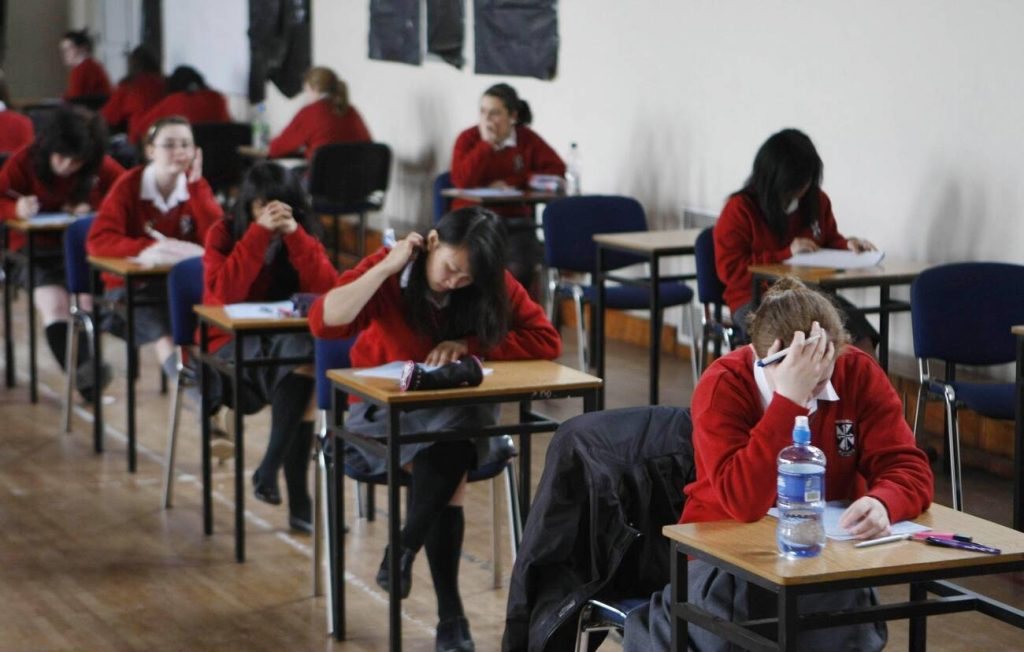Football is the most popular sport in Britain, giving rise to many football clubs. There are over 40,000 football teams in Britain, which are the most famous across nations. With,....more
- Its about Advice and Tips

RainyBrainSunnyBrain
Exploring Human Emotions: A Journey into the Psyche
Mental Health
Latest Research
Tips&Advice
The Science of Fear and Anxiety: Decoding the Brain's Distress Signals
6 Apps You Definitely Need To Try In 2025
It might sound sad but one of my guilty pleasures is browning the app store for new widgets and apps to try out. Over the years I have cycled through,....more
- Its about Advice and Tips

Mental Health and Well-being
Understanding Emotions
Decoding the Language of Feelings: Navigating the Complex Landscape of Emotions
Fear and Anxiety
Navigating Fear and Anxiety: Unraveling the Threads of Apprehension
Resilience and Optimism
Building Strength Through Resilience: Embracing Optimism in Adversity
Latest Research

How to Find Comprehensive Travel Insurance in 2024 and Beyond
Now that the world is opening back up, you may already be looking into booking your next holiday. It has probably been quite a while since your last holiday abroad and you may have forgotten some of the usual steps that you have to take before heading on holiday.
Something that you shouldn’t forget is the importance of travel insurance, especially with what the state of the world currently is. The most important thing is making sure that you are covered and you don’t lose any money that you may have put into the holiday. Here is how to find comprehensive travel insurance in 2024 and beyond.
Follow insurance leads
If you are someone that is eager to find an insurance company to cover you on your next holiday, you should consider following a lead to find a reliable company. Luckily lead generation in todays age is very frequently used and is a great way to find dependable travel insurance that you can trust.
Leads usually come about because they are popular and many people have chosen to use them and if this is the case, then this usually means that the travel insurance company is a company that you can trust.
Look at how much the insurance covers
When you are looking for an insurance company to use for your holidays, the first thing you should look at is the costs that medical insurance should be able to cover. If you are travelling in the EU, then the cover should be no less than 1 million in case of emergencies. If you are travelling somewhere in the US, then this insurance should be no less than 2 million, as medical expenses cost much more there.
If the travel insurance that you are looking at offers less than this in terms of medical cover, then you should avoid using that insurance company as you simply will not get the insurance that you need and if the worst then happens, you will not be covered.
Cancel Cover
With the crazy state that the world is currently in, there is every chance that your plane can be cancelled at the last minute. Every day countries are opening and closing their borders and so any holiday that you book is not completely secure. In order to make sure that you are not losing out on any money, make sure that you pick travel insurance where the cancellation cover exceeds what you could potentially lose. Say your holiday cost you one thousand to book, make sure that you have the cover of at least two thousand to ensure that you will get your money back when you need it.
A lot of insurance companies will try and undercut any costs that you may have spent on your holiday, so be sure to make sure that your interests are protected.
Make sure that your baggage is protected
Something else that people often forget about is their luggage. When you go on holiday, there is a big risk that some or all of the luggage that you take with you may be damaged or lost. Your insurance company will not be able to retrieve your lost items, but they will be able to offer you cover.
It is recommended that you don’t take anything too expensive on holiday with you due to how common baggage loss is, however sometimes it can not be avoided. If your insurance company offers less than 1.5k worth of cover then you should avoid going with that company and instead look for one that has you completely covered.

Has The Pandemic Put Students at an Unfair Disadvantage Ahead of Their Exams?
Over the past three years, the coronavirus pandemic has affected every aspect of life in our society. Whether it be because of government lockdowns limiting social interactions or COVID itself forcing isolation and restricting the possibility of in-person activities, the pandemic is still causing problems. Most of the coverage regarding the social damage caused by COVID-19 focused on businesses but another group of people has been profoundly affected by the changes incurred by this worldwide pandemic, students.
Lockdowns, coronavirus symptoms, and online learning are some of the many changes that both students and teachers have had to learn to live with. Though the question remains, what are the real impacts of these life changes on students, learning, and specifically how does it affect academic performances ahead of exam seasons?
While vaccination rates have increased the possibility for in-person learning, the first three years of the pandemic have been a massive challenge for students and educators all around the world. COVID-19 has not only created massive gaps in learning for large groups of students, but it has also exposed the massive gap in learning when it comes to different income brackets all across the United States. These gaps did exist before the pandemic, but they have been massively widened.
Low-income schools, which already had to deal with inflated dropping-out rates, have seen these statistics increase especially for high schoolers and specifically high school seniors. A lot of the issues that students have to deal with often aren’t only at school. The impact of COVID at home also reduces the opportunities for students. The death of family members, medical issues caused by a coronavirus, and the lowering of income due to reducing in-person work also affect the dropout rates.
Drop-out rates are part of the large problem of unfinished learning which leads to fewer eventual work opportunities. The effect on students is then shown to not only be affecting their grades or attendance but their work prospects in later adulthood. The worry becomes not only the lack of professional learning but also the reduced general household income of the current generation of students. Lower household income leading to lower quality of life also increases the income gap, especially for schools and communities that are already at a financial disadvantage.
From a human standpoint, the fear is that this will push back the progress done in general education rates but also create a vicious cycle of ever lowing opportunities for those that were once already disadvantaged before the pandemic and face even more challenging times now that the pandemic has left its mark on these communities.
In 2021 studies were conducted at the elementary school level to compare the performances of students in the spring to the average performances recorded in the years before the pandemic. Unsurprisingly, students of the previous years had significantly higher scores. The 2021 student sample showed a decrease of 10 points when it came to math learning and a decrease of 9 points in reading.
According to that model, comparing the learning rate of the two cohorts, the 2021 group would be behind by 5 months when it came to mathematics and 4 months in reading. The study shows once again that low-income students also have bigger gaps in learning and on average would be around 6 months behind in math and reading. Showing once again how the pandemic has put students at all levels at a disadvantage when it comes to overall learning.
When it comes to college students many studies both in the United States and Canada have shown an increased risk for mental health issues. The pandemic caused many students to grow fatigued and feel isolated from their peers. These feelings of loneliness and isolation lead many young adults to increase their alcohol and drug consumption often to treat symptoms of depression and anxiety.
Additionally, academic pressure and increased screen time have been found to worsen sleeping patterns, increase feelings of fatigue, and exacerbate mental illness symptoms. In some of the worst cases, some students have also shown symptoms of PTSD after dealing with high levels of stress or living through the loss of friends or family to COVID-19.
The pandemic has affected students from elementary school to high-level university and caused many delays in usual curriculums. At all levels, students have been put at a disadvantage especially when it comes to exams and general performances. To close your learning gap, you can look for support online.
There are many ways to contact tutors, may it be through your schools or private means, you can find a NYC LSAT tutor here or someone who can help your elementary school-aged child with their math exams or reading assignments. Tutoring is an option for all levels of learning. So, whether it be academic difficulties or mental health issues, there are always ways to seek out help to close the learning gap or make learning easier.
